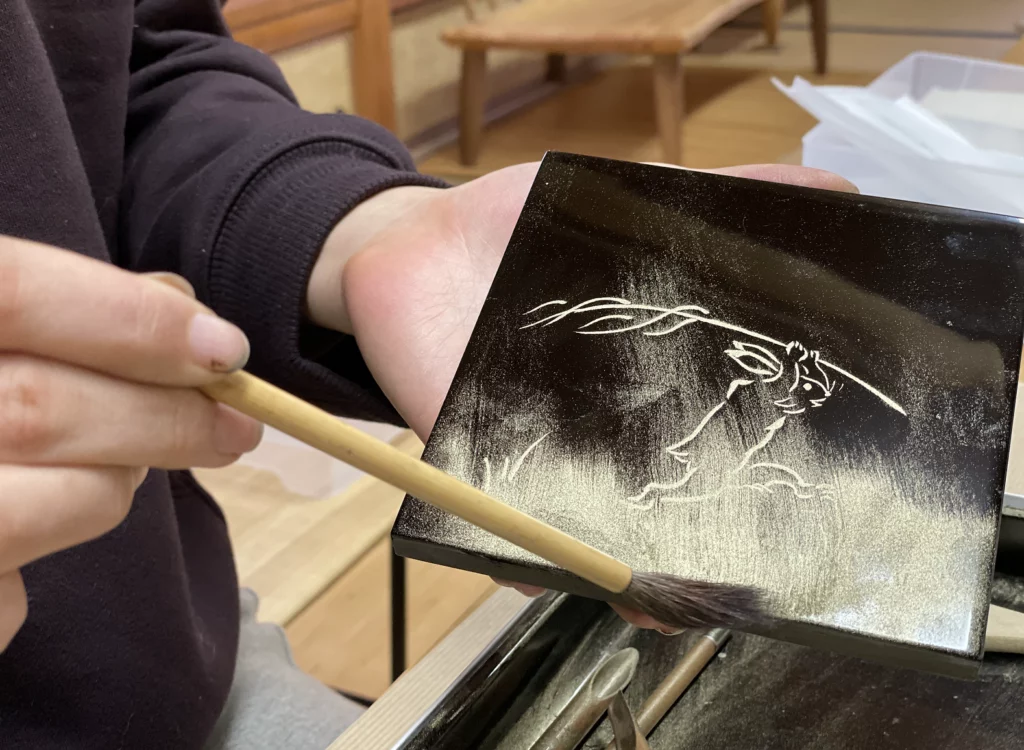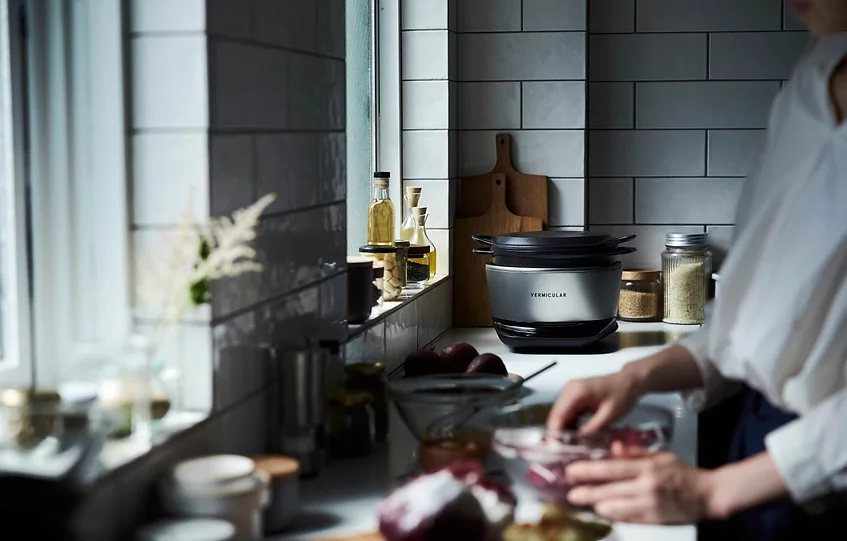
SERIES: Treasures of Japan
Site: Nagano, Japan | Kiso Vally
Written by: Muneyuki Okabe
Translated and edited by: Alex Strauss
The royal origins of Kiso woodcrafts.
A kijishi is a woodworking craftsperson. Typically it is a holistic practice, whereby the kijishi ventures into the forest, cuts down a tree and shapes the wood with a rokuro (the equivalent of a potter’s wheel) to make, among other objects, wooden vessels and trays. The technique is said to have been invented by Prince Koretaka, son of Emperor Montoku the 55th, in the 800s upon losing a political struggle with his brother and fleeing to the mountains. Koretaka bestowed the technique only upon his vassals, the families Ogura and Okura.
For 1200 years, the Ogura and Okura families have been stewards of the forest, felling trees, making wares, and passing down the technique to successive generations. As the number of trees in one forest declines to a certain point, they travel to a different one to preserve each forest’s integrity. Through pre-modern methodologies and relations to the environment, the Ogura and Okura families recognized the value of protecting nature long before vernacular terms such as sustainability existed.

Kijishi no Sato in Kiso Valley
Masayuki Ogura, a present-day descendant of the Ogura family, lives in Kiso Valley, Nagano Prefecture, an area located in the center of Japan between Tokyo and Kyoto. He resides inside the valley in a place called “Kijishi no Sato,” where the six remaining families of Ogura and Okura account for the population.

“Maybe I’m around the 50th generation? I know. It’s like a mythical tale.” Masayuki-san laughs and tells a story one would probably find in a history textbook.
“I am the 4th generation since my family moved to Kiso Valley. After all, this ground is where the sacred grove of Kiso hinoki (cypress) spreads, so it is the best place for Kijishi.”

The sacred tree of Ise Jingu
Nagano Prefecture’s Kiso region is home to a special tree for the Japanese people, the Kiso hinoki. Because of the color of the bare wood and the elegant beauty of the grain, it has been a symbol of purity and offered as a sacred tree (Goshinboku) at Ise Jingu, the country’s holiest shrine dedicated to Shinto gods. The shrine has been continuously rebuilt every 20 years—over the past thousand years—using Kiso hinoki.
The “Kiso Goboku” is a group of five distinguished trees from the Kiso region, including Kiso hinoki. They consist of Hinoki, Sawara, Koya Maki, Asunaro, and Nezuko and are regarded among the finest trees in Japan. Masayuki-san masterfully and mindfully crafts inimitable vessels out of them all.

Respecting nature’s sacrifice
“When I was a kid, I remember going into the forest with my dad and cutting down a tree. He mourned it with flowers. He told me that we received the tree’s life, so our work should respect the life of the tree. “
With that precept in mind, Masayuki-san’s relentlessly refined vessels are one of a kind. They are carefully crafted to maximize the inherent features of the wood grain. For instance, when applying lacquer, he spreads it thinly, so the grain emerges like a pattern.

The craftsman who carves and shaves wood with a potter’s wheel is called a Kijishi, while the craftsman who applies lacquer to it is called a Nushi. Typically, Kijishi and Nushi represent unique divisions of craftsmanship. However, Ogura-san is one of the few craftsmen who does both himself.

Mastery, one generation to the next
Masayuki-san’s latest work is a wooden tea bowl. His technique involves the precise task of spraying iron along the lower half of the bowl, which creates the texture, appearance, and feel of pottery. However, when held, one is often surprised by its sheer lightness.
“Light things,” he says, “are proof of good work. And you can take it with you when you travel. I thought this would be suitable as a traveling bowl. “
Since the Ogura family’s tradition of craft has existed continuously for 1200 years, Masayuki-san understands that some areas cannot remain fast-frozen in time but require adaptations and innovations. Crafting tea bowls out of wood rather than ceramic is one way of creatively pushing woodcraft in new directions.

The next 100 years
Sustainability is a vital issue in the world of traditional crafts, but after a millennium of uninterrupted succession, the Ogura family is not too troubled by it.
Akari-san, the eldest of Masayuki-san’s three daughters, is determined to succeed her father: “I don’t allow inheriting a tradition of 1200 years to weigh too heavily on me. From a young age, I simply watched my father’s work and thought it was beautiful and looked fun and interesting.”

Akari-san is a lacquer Maki-e artist in addition to a woodworker and painter. (Maki-e is a Japanese lacquerware technique in which various shapes and patterns are drawn on the surface of lacquerware, followed by sprinkling metal powder such as gold or silver upon it.) The fine crafts were once an ultra-luxurious item that only noble people, such as the Emperor and Daimyo, could acquire. “I’m still in training and getting nagged by my father every day.
Masayuki-san cracks a smile as he listens to his daughter’s words, his pride emanating. “In any case,” he says, “we just hand it over to the next generation and they to the next.”

In this series of eight profiles, we will highlight the wonderful tableware and handcrafts of artisans in the Chubu region of Japan. It is an area steeped in the history and cultural legacy of some of the world’s finest handcrafted wares and the artisans who create them. Next spring, we plan to hold an exhibition of the artists featured in this series in the United States.
featured writer:
Muneyuki Okabe | Zen Resorts
Founder / CEO of Zen Resorts, a company that specializes in luxury travel in the countryside of Japan. He is a curator who cherishes Japanese traditional crafts and a journalist who has introduced them on TV programs.






